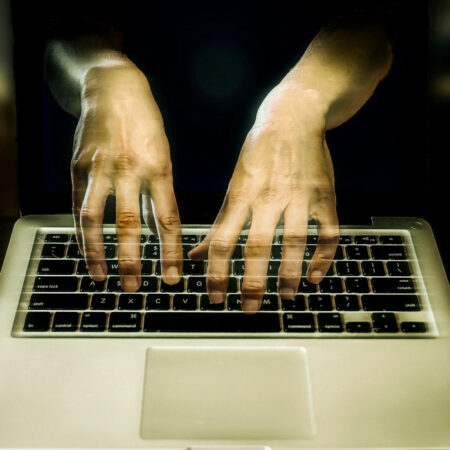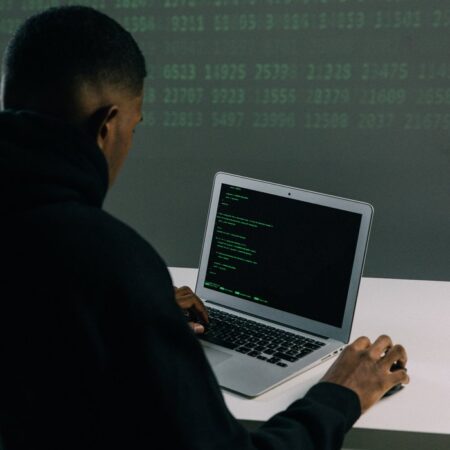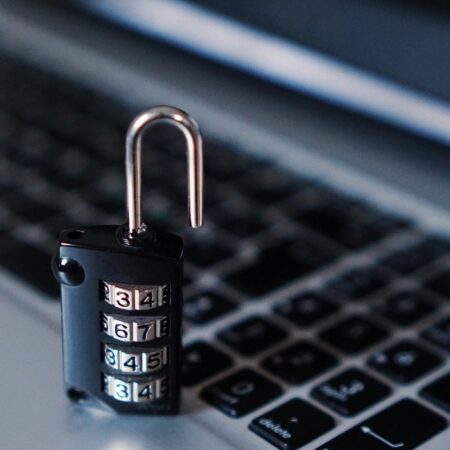Security in connected things. Are the IoT users protected enough?
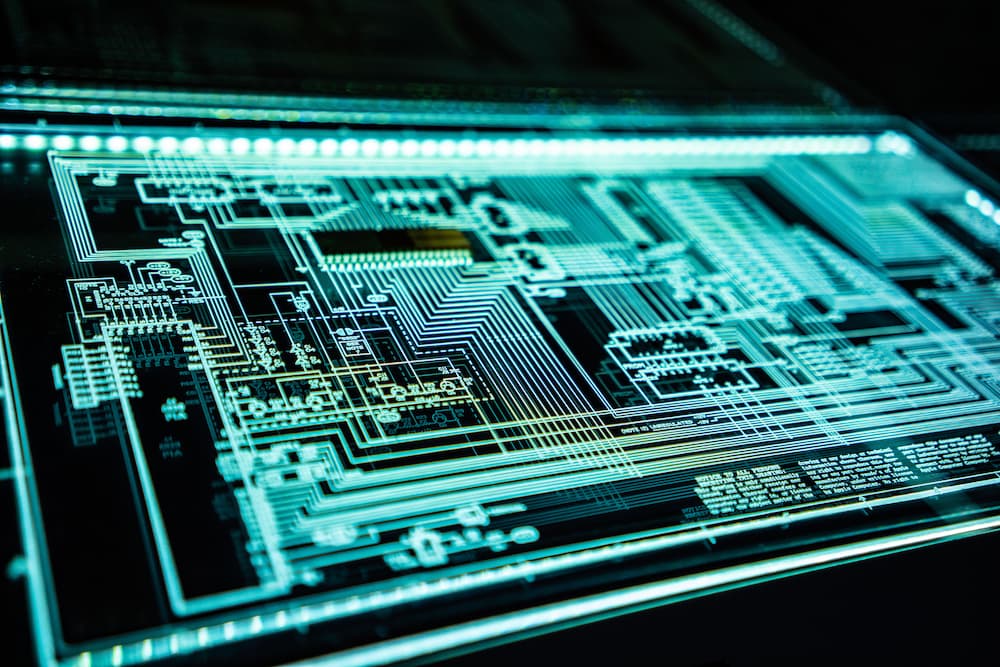
IoT Security. Problem statement.
Due to the rapid development of IT relationships and the use of smart devices, all the time affecting new objects of civil circulation of a legal nature, which is not always clear. These views on the uncertainty and unresolved nature of certain relations depend on the legislation and technologies of protection of the state levels, which do not affect simplicity, and react quickly to constant changes in the information technology system. Some civilized associations exist on the border of physical property and intellectual property, as they interact with the own capabilities of the objects of the material world and information technology. The most striking example of such complex objects today is the Internet of Things, especially when we talk about complex things like iot smart lighting systems or building energy management systems (BEMS).
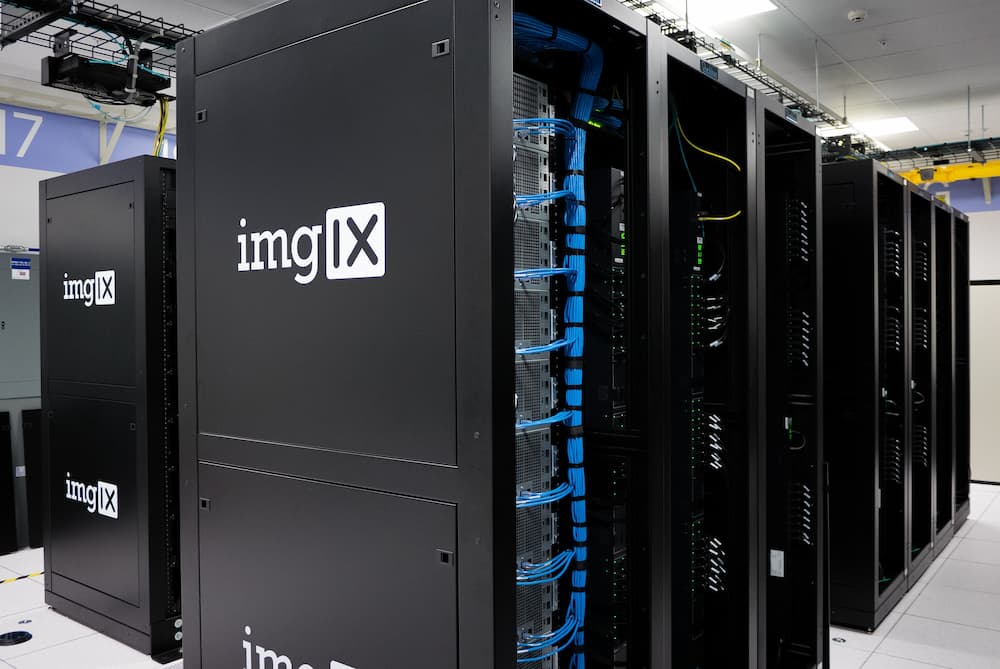
IoT Security. Research statement.
The problems of the Internet of Things today are virtually unexplored, as this phenomenon is completely new. Among the modern researchers who paid attention to the study of the Internet of Things we can mention O. Baranov, M. Ozhevan, A. Biloshchinsky, and others. However, research and development in this direction is just beginning, so the problems of the Internet of Things need further research.
Today, the Internet of Things is defined as the concept of a communication network of physical or virtual objects (things) that have the technology to interact with each other and with the environment, and can perform certain actions without human intervention. The essence of this concept is that all household items, technological processes were equipped with built-in computers and sensors, i.e. could process information coming from the environment, share it and perform various actions depending on the information received. Also, the Internet of Things can be defined as things such as hardware devices and sensors, other than computers, smartphones and tablets, that combine into a complex system, interact and transmit information to each other, or from each other through the Internet.
Below you can find a list of the most common components of any Internet of Things system:
- Physical objects are equipped with sensors and mechanisms for receiving and processing data
- Internet access, ie standards and communication protocols for connecting sensors to a single network
- Network, or connection (Internet access), which can be wireless or wired, WI-fi, Zigbee, LoRa, BLE, 2G, 3G, 4G, 5G.
- Cloud servers, i.e. corporate or cloud computing systems (platforms) are able to process data or perform other computational and analytical operations in real time, storage and delivery of content, and hosting applications.
- Applications and user interaction, ie the interaction of people, applications and business processes.
Sometimes the Internet of Things is called a kind of system built not on biological but on technological connections.
Recently, the number of devices connected to the Internet is constantly growing. Thus, in 2003, 500 million devices were connected to the Internet, and in 2010 their number increased to 12.5 billion. The forecasts are impressive – companies predict an increase in the number of devices connected to the Internet, even up to 50 billion in 10 years. Of course, the proliferation of the Internet of Things requires its legal regulation and more time to ensure the protection of data that is collected, stored and processed throughout the work cycle of smart ecosystems. Specialists already face a number of problems that arise in the process of developing and using the Internet of Things: the legal regime of information, personal data, information security and responsibility of the parties (both developers and users).
Today, the world is actively conducting research and research on what problems may arise in connection with the spread of such a phenomenon as the Internet of Things and the potential danger of loss or dissemination of personal and confidential data. According to historical data, today there are already known situations related to the hacking or improper transmission of data that arose in the process of implementation and use of the Internet of Things. There were also enough cases where controversy and ambiguity in terms of law and consumer protection remained unanswered. In particular, we are responsible for the failure of connected devices, and hacking applications caused by this. Another important question that needs to be answered is the question of whether to ensure the preservation of data and information, whether the manufacturer of sensors or the manufacturer , which includes several sensors), or a person or organization whose data are measured and collected. Representatives of the EU legislature emphasize that the rights and responsibilities for data security belong primarily to users. But, the manufacturer must do everything possible to anticipate various situations, or at least warn the buyer about the vulnerability.
So perhaps the most important issue today in the field of the Internet of Things is the protection of personal data and information security. Because, in the Internet of Things, every thing except the physical embodiment exists online. And the use of wireless communication methods opens up many opportunities for companies that develop smart solutions, and for companies or individuals interested in obtaining important information.
